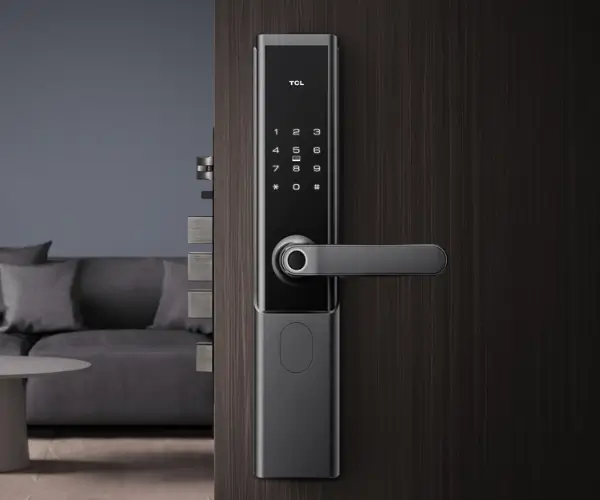In today's interconnected world, the ability to access and control devices remotely has gone from a luxury to an absolute necessity—whether you're an IT professional managing a fleet of servers, a business owner supporting your team, or a tech-savvy individual wanting to troubleshoot your own home setup. The market for remote control software has expanded rapidly, bolstered by a surge in remote work and the ever-growing need for flexible, secure digital access.

The Evolution of Remote Control Software Remote control software, often referred to as remote desktop or remote access tools, has evolved significantly over the past decade. Initially designed to support system administrators and tech support teams, these tools now boast intuitive interfaces, enhanced security protocols, and a variety of features tailored for diverse user needs. Their development aligns with the shift towards cloud computing, virtualization, and BYOD (bring your own device) policies, which demand seamless, secure remote access solutions.
Key Features to Look for in Remote Control Software Not all remote control tools are created equal. When assessing options, consider several core features that influence usability and security:
Cross-Platform Compatibility: Can the software operate across Windows, macOS, Linux, Android, and iOS? This flexibility is essential in mixed-device environments. Ease of Use: An intuitive interface reduces learning curves and improves efficiency. Performance and Latency: Smooth screen sharing and minimal lag are critical for tasks like technical support or multimedia editing. Security Measures: End-to-end encryption, two-factor authentication, and robust access controls are non-negotiable for sensitive data. Session Recording and Logging: Useful for audit purposes and tracking support activity. File Transfer and Clipboard Sharing: Simplifies data movement between local and remote devices. Collaborative Features: Multiple users can view or control a session simultaneously, enhancing teamwork.
Major Players in the Market Let’s dive into some standout options, exploring their strengths and ideal use cases.
TeamViewer One of the most recognizable names globally, TeamViewer offers a broad feature set suitable for both personal and business users. Its standout qualities include high security, cross-platform support, and a user-friendly interface. The software supports high-quality video calling, file sharing, and even remote printing. Its instant connection capabilities make it ideal for quick support sessions or collaborative troubleshooting.
AnyDesk Known for its remarkable speed and low latency, AnyDesk appeals particularly to users who require high-performance remote access. It includes lightweight client software, making it ideal for devices with limited resources. Security-wise, it provides TLS 1.2 encryption, as well as two-factor authentication, ensuring that connections are safe and reliable.
Chrome Remote Desktop A free option perfect for casual use or users embedded in the Google ecosystem. It’s simple to set up and use but lacks some advanced features found in paid solutions. Its seamless integration with Chrome browsers and Google accounts makes it accessible for everyday tasks.
Splashtop This solution offers attractive pricing and robust features, especially targeted towards remote support and education. Splashtop’s high-definition quality, combined with low latency, makes it a top pick for multimedia professionals and remote workers.
RemotePC A budget-friendly choice with a solid feature set, RemotePC emphasizes ease of installation, security, and management. Features like unattended access and remote reboot support make it suitable for small to medium-sized enterprises.
Comparing Security and Performance Security stands at the forefront of remote control software—an effective solution must ensure that every access session is protected from potential threats. Top providers introduce SSL/TLS encryption, single sign-on (SSO), and granular access permissions. Performance-wise, the best tools minimize lag, support high-definition video streaming, and facilitate seamless data transfer.
Use Case Scenarios
IT Support & Helpdesk: Quick, reliable access to troubleshoot and resolve user issues remotely. Remote Work & Telecommuting: Access office desktops from anywhere, boosting productivity and flexibility. Education & Training: Interactive sessions where instructors control software or guide students remotely. Personal Use: Access home computers while traveling or in case of emergencies.
The Future of Remote Control Software Innovation continues to push the boundaries—AI-powered diagnostics, enhanced cybersecurity measures, and integrations with IoT devices are on the horizon. Virtual reality (VR) interfaces and augmented reality (AR) support are expected to revolutionize remote collaboration, making interactions more immersive.
In the next segment, I will delve deeper into security breakthroughs, pricing strategies, and real-world usability tests, helping you decide which remote control software is the best fit for your unique needs.
Leveraging innovations in modular drive technology, Kpower integrates high-performance motors, precision reducers, and multi-protocol control systems to provide efficient and customized smart drive system solutions.




































